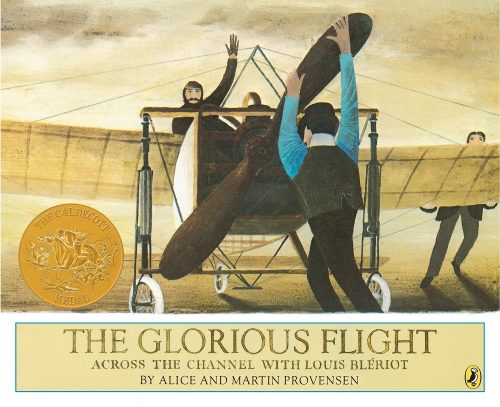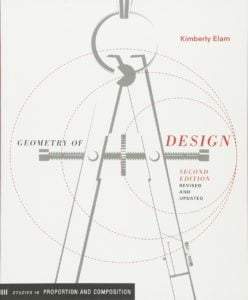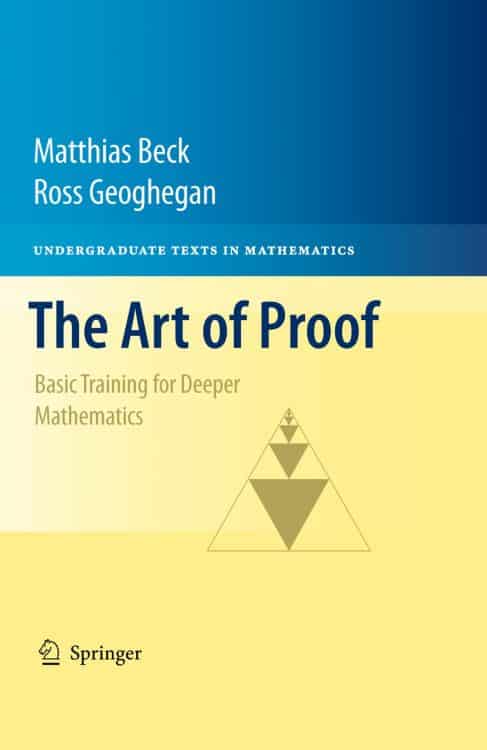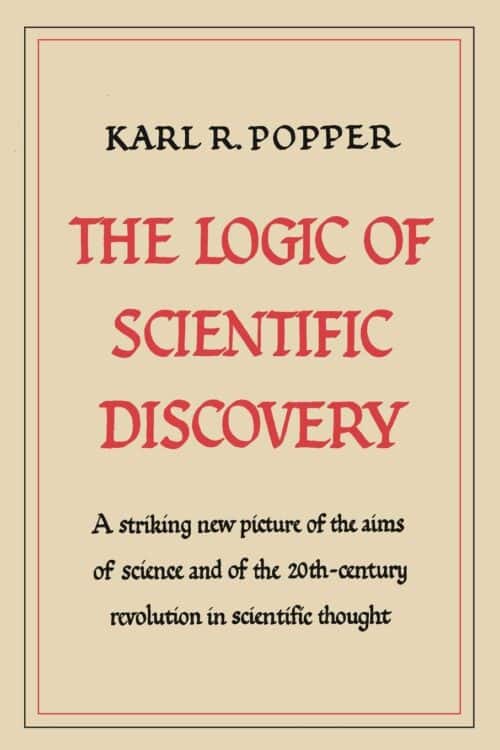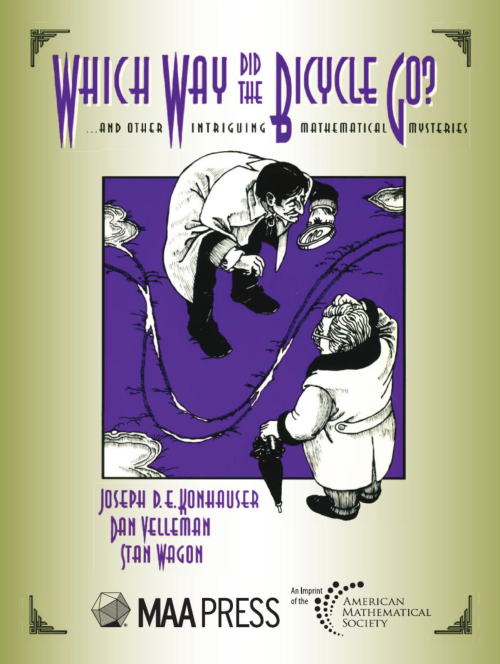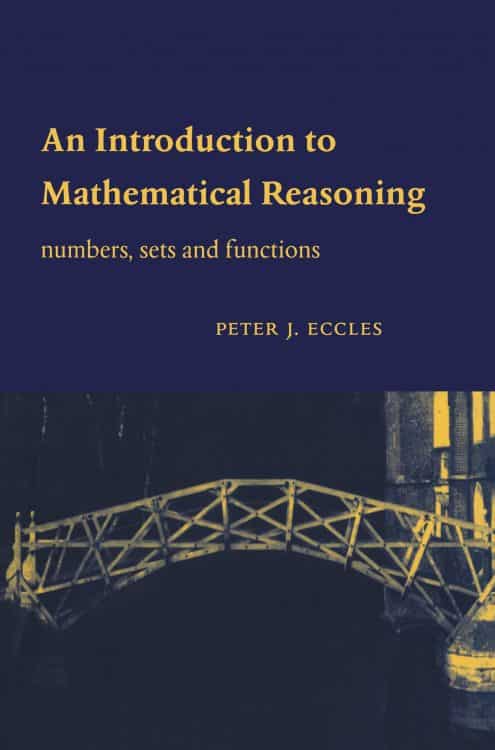For years, I had this book, Gödel, Escher, Bach: an Eternal Golden Braid by Douglas Hofstadter, sitting on my shelf, untouched. Its daunting length and density always kept it at the bottom of my “to read” list. But, on impulse, I decided to give the first chapter a shot. And boy, was I hooked within the first few pages! After a few months of slow progress, I finally finished it. Now, let me give you a brief review.
As the title suggests, Gödel, Escher, Bach delves into the interconnected worlds of Kurt Gödel, M.C. Escher, and Johann Sebastian Bach. What ties these three geniuses together is the concept of strange loops – those self-referential puzzles found in hierarchical systems. Hofstadter begins by exploring intuitive examples of this concept: Bach’s canons, Escher’s mind-bending staircases, and the infamous Epimenides paradox – “I am lying.”
The first half of the book gradually builds up to a deep dive into number theory, ultimately leading to Gödel’s Incompleteness Theorem. This groundbreaking theorem reveals that formal mathematics itself contains a self-referential strange loop. It shows that no system of number theory can be both “complete” and “consistent” – there are always true statements that cannot be proven within the system. Hofstadter takes over 100 pages to unravel the intricacies of the Incompleteness Theorem, so I won’t attempt to do so here!
In the second half of the book, Hofstadter explores the far-reaching implications of this discovery, from artificial intelligence to biology, symbolic reasoning, computer science, and the philosophy of mind.
What sets Gödel, Escher, Bach apart is its unique structure. Each traditional chapter is followed by a fictional dialogue between recurring characters. These dialogues, often allegorical in nature, foreshadow or embody the concepts that the subsequent chapter explores in a more concrete way. Sometimes, the structure of the dialogue itself becomes the “message,” like a fugue, while other times, the dialogue indirectly describes a concept, using tools like a “universal record player” to delve into self-reference and formal undecidability.
Most of the book has stood the test of time remarkably well. However, the last third contains some significant missed predictions, which somewhat detract from an otherwise captivating philosophical exploration of AI and computation. Notably, the author repeatedly emphasizes that a chess program would not surpass a human player until we achieve something close to artificial general intelligence.
Similarly, the sections on AI may feel dated to modern readers. The book predominantly focuses on symbolic AI approaches, which align neatly with the discussion of formal systems. Since its publication, non-symbolic AI has gained popularity, and it seems to be the path that most AI researchers are pursuing. Consequently, many of the author’s predictions about AI fall flat.
If you’re not interested in the latter half, fear not! The first half of the book stands on its own, offering an exciting journey through the proof of Gödel’s incompleteness theorem. Starting with an introduction to formal systems, transitioning to number theory and propositional logic, and culminating in an intuitive proof of the incompleteness theorem, it’s a self-contained adventure worth experiencing.
Personally, I found the sections on number theory quite accessible. Even the description of Gödel’s incompleteness theorem, though complex, made sense to me – but I had some prior exposure to it. For a more concise explanation of Gödel’s theorem, I highly recommend this Quanta article: How Gödel’s Proof Works.
Upon reflection, I realized that the order in which the three figures are mentioned in the title is fitting: Gödel, Escher, and Bach. At its core, this book delves deep into formal systems and the reasoning behind symbols, which falls right into the domain of Gödel. Escher’s works serve as visual metaphors for these concepts – recursion, self-reference, and more. As for Bach, discussing his contributions proves more challenging in a text-based medium, so he is mentioned less frequently, albeit indirectly, with respect to the structural elements of music, rather than its aesthetics or auditory mechanics.



